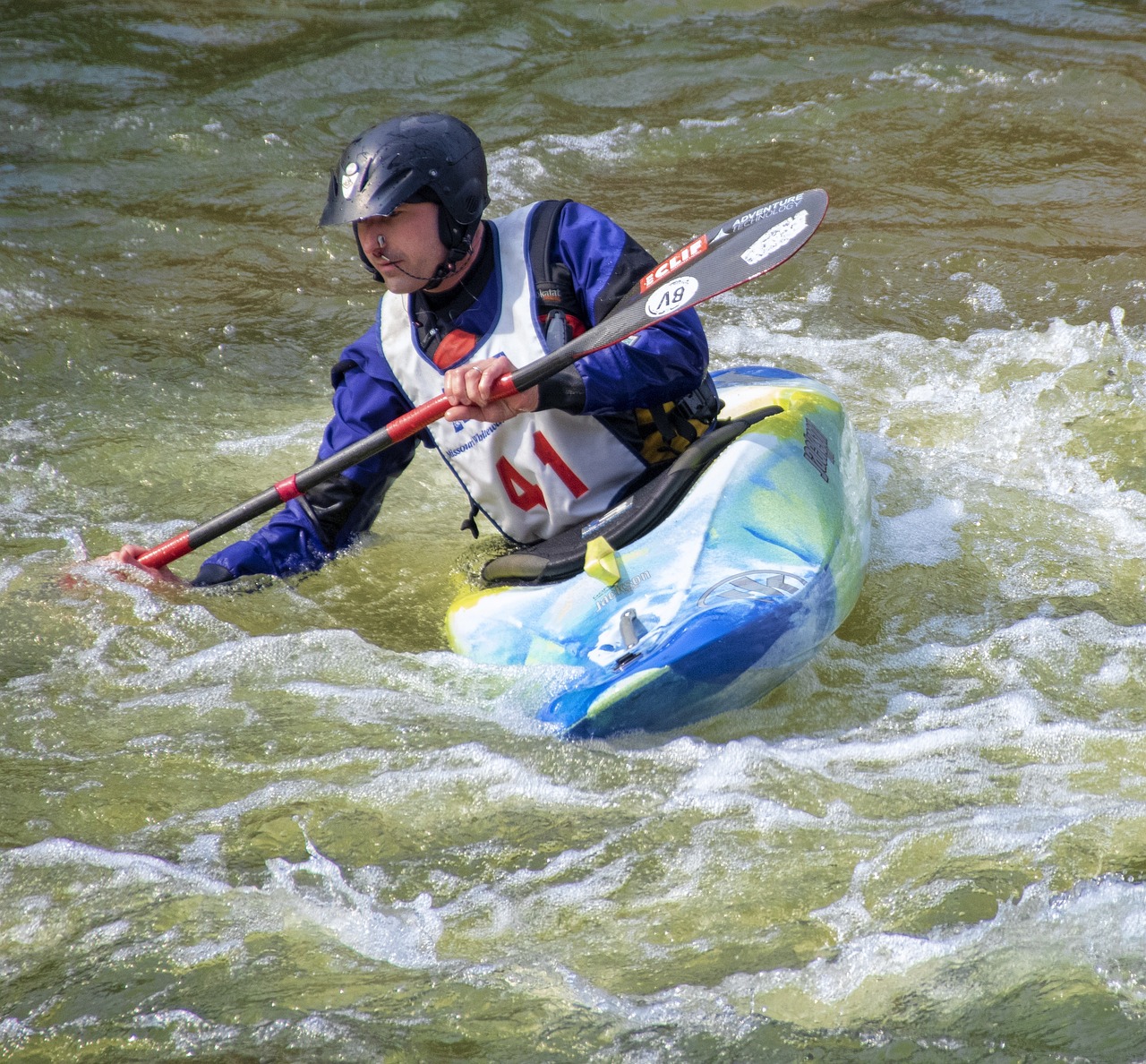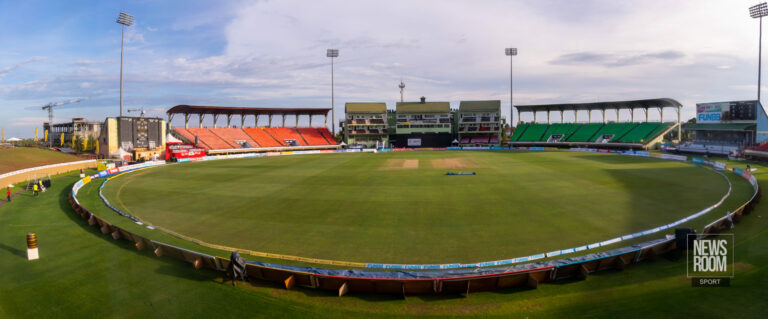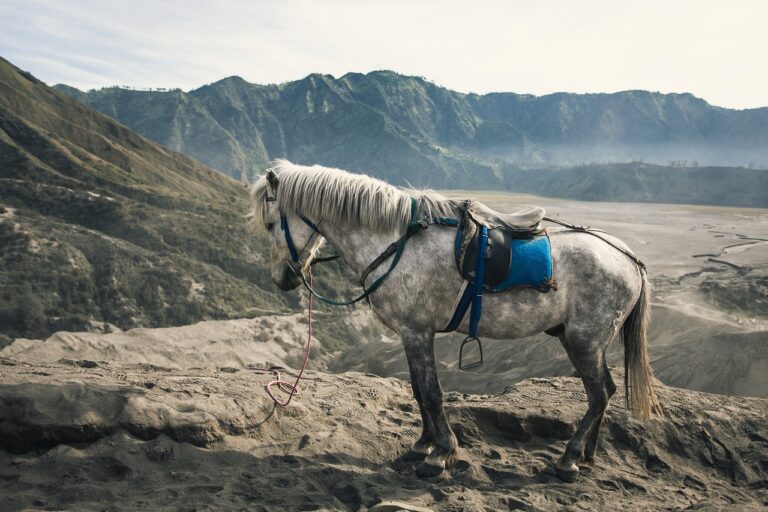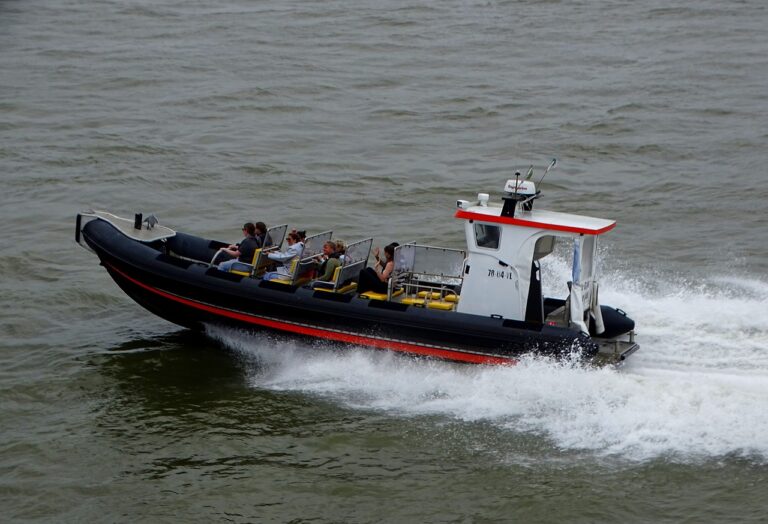Exploring Food Photography Techniques: Capturing Delicious Moments in Catering
11xplay reddy, laser 247 betting, skylivecasino: Food photography is an art form that goes beyond just capturing an image of a delicious dish. It’s about creating an experience for the viewer, evoking emotions, and enticing taste buds. In the catering industry, food photography plays a critical role in showcasing the culinary creations of a business and attracting new customers. If you’re looking to up your food photography game, here are some techniques to help you capture delicious moments in catering.
1. Lighting is Key
One of the most important aspects of food photography is lighting. Natural light is often the best choice for capturing the true colors and textures of the food. Position your dish near a window or outdoors to take advantage of soft, diffused light. Avoid harsh overhead lighting or using a flash, as it can create unflattering shadows and reflections.
2. Composition and Styling
Consider the composition of your shot before snapping a picture. Arrange the elements of the dish in an appealing way, using props such as utensils, napkins, or garnishes to add interest. Play around with different angles and perspectives to find the most flattering shot.
3. Focus on Details
Close-up shots of food can be incredibly enticing, especially when capturing the small details that make a dish unique. Zoom in on textures, colors, and intricate plating to create a visually appealing image that showcases the craftsmanship of the chef.
4. Use Props Wisely
Props can enhance the story you’re trying to tell with your food photography. Consider using a rustic wooden table, vintage plates, or fresh herbs to add depth and interest to your images. Just be sure not to overpower the dish itself the food should always be the star of the show.
5. Play with Depth of Field
Experimenting with depth of field can create a dynamic and visually interesting shot. Use a wide aperture (low f-stop number) to create a shallow depth of field, blurring the background and drawing attention to the main subject. This technique can help the viewer focus on the most important elements of the dish.
6. Edit with Care
While editing software can enhance your images, it’s important not to go overboard with filters and effects. Keep your edits natural and subtle, focusing on enhancing colors, adjusting exposure, and sharpening details. Avoid altering the true appearance of the food, as this can lead to disappointment from customers who see the real dish in person.
FAQs:
Q: Do I need expensive equipment to take good food photos?
A: Not necessarily! While professional cameras and lenses can improve the quality of your images, a smartphone with a good camera can also produce stunning results. Focus on mastering lighting and composition before investing in more gear.
Q: How can I make my food photos stand out on social media?
A: To make your food photos stand out on social media, post consistently, engage with your audience, and use relevant hashtags to reach a larger audience. Experiment with different styles and techniques to find what resonates with your followers.
Q: How can I work with a catering business to improve their food photography?
A: As a photographer, collaborate closely with the catering business to understand their brand identity, target audience, and menu offerings. Tailor your photography style to match their aesthetic and goals, and be open to feedback and adjustments along the way.
In conclusion, mastering food photography techniques can elevate the visual appeal of a catering business and attract new clients. By focusing on lighting, composition, details, props, depth of field, and editing, you can capture delicious moments that leave a lasting impression. Whether you’re a professional photographer or a catering business owner looking to improve your skills, these tips can help you create mouthwatering images that showcase the artistry of food.







